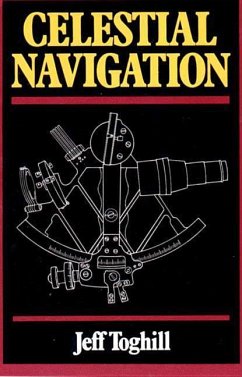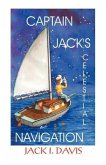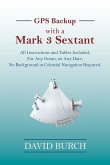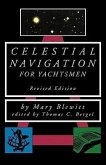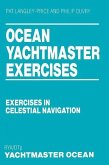In fact, the maximum mathematics involved in the new sight reduction systems is the addition of three lines of figures. Similarly, the apparent complexities of the solar and stellar systems take on a less frightening appearance when related to the lighthouses and similar earthly objects used for coastal navigation. Throughout this book, the author uses such a comparison between earthly and heavenly objects in explaining the close relationship between coastal and celestial navigation. In doing so, he reduces a complex subject to a simple and interesting one that can be absorbed by even the most non-mathematically minded. The book concentrates for much of its length on the plotting of the boat's position by sun, planets, and stars when out of sight of land. It also deals with related navigational routines such as checking the compass by using heavenly objects, taking radio time signals, and adjusting the sextant for day-to-day corrections. This is celestial navigation in its simplest form, presented in a way which even the most amateur navigator can understand and absorb.

